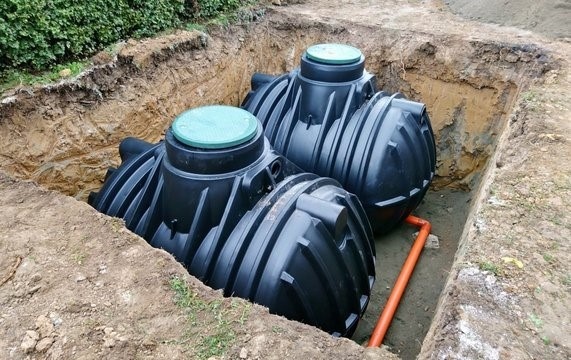Your septic tank is a crucial component of your home’s wastewater system. It temporarily stores household wastewater, allowing heavy solids and lighter scum to separate from the liquid before the water moves into the drainfield. Like any other part of your home, your septic system requires regular care, including inspections. Neglecting septic tank maintenance or Sonoma County septic pumping can result in poor system performance, costly repairs, and even premature replacement.
Before scheduling your next septic inspection, ensure you’re informed by asking these four key questions.
1. Why Should I Have My Septic Tank Inspected Regularly?
Regular septic tank inspections are essential to maintaining a healthy, functional septic system. Inspections help:
Identify Issues Early
Problems like cracks, leaks, or blockages can escalate quickly. Routine inspections catch these concerns early, saving you significant repair costs.
Ensure Efficiency
A well-maintained septic tank functions more efficiently, preventing backups and extending the lifespan of your system.
Prevent Environmental Hazards
A malfunctioning septic system can lead to wastewater leaks, which may contaminate groundwater or nearby soil.
2. How Often Should I Schedule a Professional Septic Inspection?
How often you schedule septic inspections depends on several factors, including household size and septic system usage. General guidelines include:
Standard Recommendation
For most homes, schedule a professional septic inspection every three years.
Homes with Garbage Disposals
If your home uses a garbage disposal, annual inspections are advised, as food waste increases solid buildup in your tank.
Larger Households
The more people in your household, the more frequent inspections may be necessary due to higher wastewater production.
3. Why Should I Hire a Professional for Septic Inspection?
Many homeowners enjoy DIY approaches to maintaining their home, which may lead one to ask: can I pump my septic tank myself? But hiring a professional for septic services is critical to ensure your septic is safe. Here’s why:
Toxic Gas Exposure
Septic tanks hold dangerous gases such as carbon monoxide, ammonia, and methane. Professionals are trained to work safely around these hazards.
Specialized Equipment
Septic inspections require tools like sludge depth measuring devices, pressure gauges, and more, which professionals are equipped to use effectively.
Comprehensive Assessments
Experienced technicians know what to look for, ensuring no detail is missed, from minor cracks to significant drainfield issues.
4. What Does a Septic Inspection Entail?
A septic inspection is a multi-step process designed to assess the condition of your tank and drainfield. Key steps include:
Locating the Septic Tank
Your contractor will determine its exact position if the location is not known.
Visual Inspection
The technician will inspect the drainfield for issues like pooling water, foul odors, or overgrown vegetation.
Baffle Check
Baffles are inspected to ensure they are intact and not blocked by solids.
Water Pressure Test
Flushing toilets and running taps helps detect potential plumbing or septic flow issues.
Tank Level Measurement
Using specialized tools, the technician measures liquid and solid levels to ensure proper separation.
Distribution Box Evaluation
The distribution box, which channels wastewater to the drainfield, is checked for damage or misalignment.
Trust L.J. Construction for Expert Septic Services
Maintaining your septic system is vital for the health of your home and environment. Whether you need a new installation, routine inspections, or emergency repairs, contact L.J. Construction to help. Our experienced technicians are skilled at diagnosing and resolving septic system issues quickly and cost-effectively.
Call us today at (707) 823-0247 to schedule your septic inspection or learn more about our services. Let us help you keep your septic system running smoothly for years to come!

